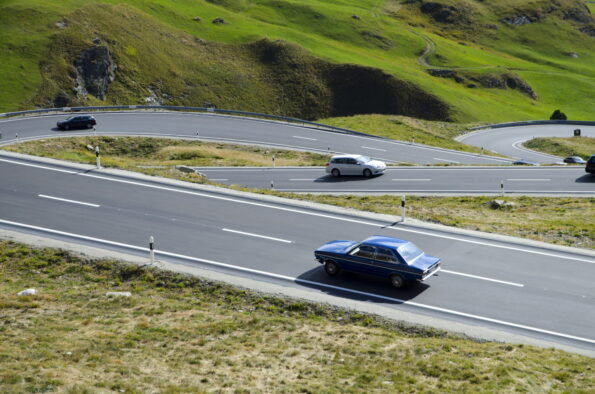Coasting – putting your car in neutral or pushing the clutch in (if you’re driving a manual car) – is something some people believe is beneficial for fuel economy, but it isn’t. Not only does it use more fuel, but there are other disadvantages.
In modern vehicles, coasting uses more fuel than leaving it in gear. When you coast, the engine returns to idle revs and has to use fuel to keep going, but when you are in gear and take your foot off the accelerator, the engine is using virtually no fuel as the motion of the wheels keeps the engine turning via the gearbox.
This is more relevant for cars with electronic fuel injection; older cars with carburettors don’t shut off the fuel when coasting.
When you leave the car in gear and take your foot off the accelerator, engine braking means that you slow down, unless you’re travelling downhill and the force of gravity can overcome the engine’s resistance. On a downhill slope, if you don’t have the car in gear, your speed will begin to increase unless you use the brakes, and then you run a greater risk of getting brake fade. On a flat surface, engine braking means you don’t have to use your brakes as much, preserving your brake pads.
If you’re in neutral you have no control over the acceleration of your car. If you have to immediately use the accelerator to get out of danger, you won’t be able to.
It’s not illegal to coast, but it’s not recommended. You’re not 100% in control of your vehicle.

